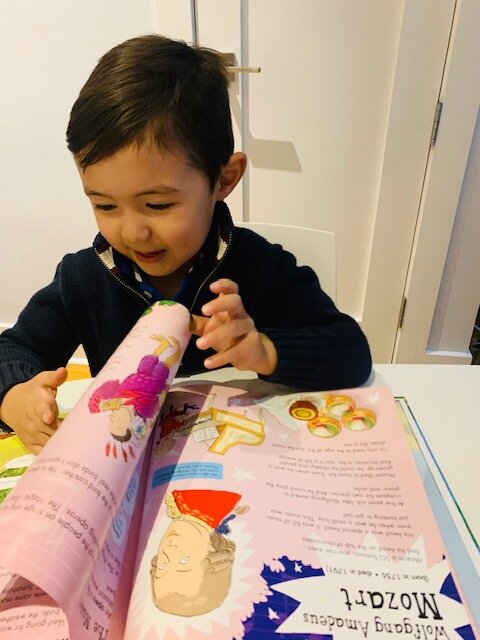
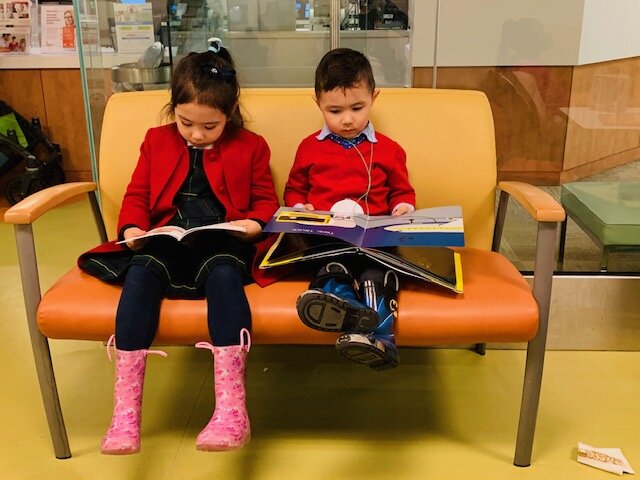
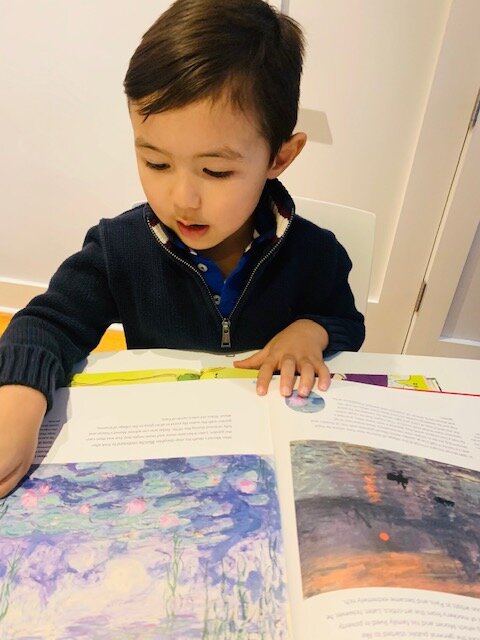
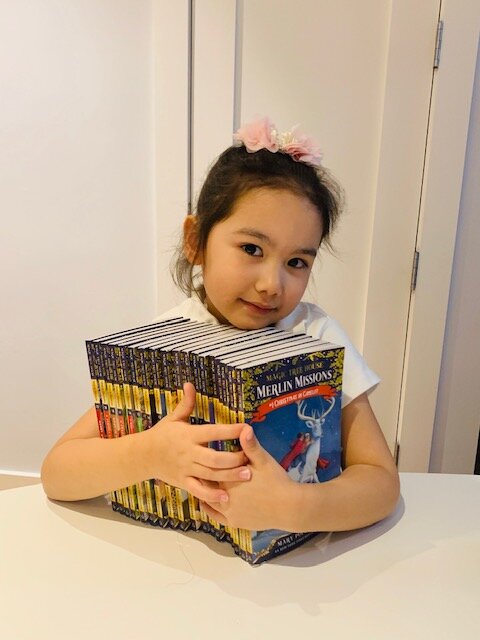
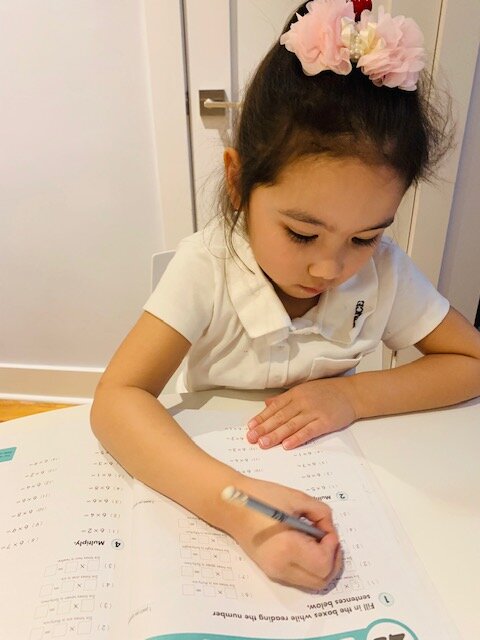
For more information, please go to “www.humphreysonlineclass.org” (Humphreys online class. org)
which represents both online and in-person classrooms
Founder
Columbia University (Bachelor’s degree)
Northeastern University (Master’s in Education)
YonSei University (TESOL certificate)
Korea University (Korean teacher certification)
15 years of experience in teaching.
6 year old girl reads 5th grade level books.
4 year old boy reads 1st grade level books.
Imagine learning a second language.

You watch TV in a second language, and you hear some words, but you don’t know how to spell them nor understand their meaning. That’s where reading comes in. When you start to read, you’re able to understand the meaning of words exactly. You can expand your knowledge of words through letters or books. Can you imagine the same thing happening to your little ones? While they hear a thousand words everyday, reading widens their world, views, and perspectives. Their understanding becomes phenomenal. Can you imagine your child starting to read the signs in the street? I still can remember my son asking me questions about what “priority seating” is after he read the signs inside of a bus.
Reading early on in life expands the children’s views, ideas, perspectives, and then their whole world. They become smarter, and see and understand the new world that other children who can’t read don’t see.
However, I would like to point out the most important thing about reading early. Reading early is important, but there is one more thing more important than reading, because everyone will read eventually. They may start reading 1-2 years later than your child, but eventually they will learn to read books as well.
Can you imagine your child becoming confident in the classroom when they find out they can read, and that they have a higher academic level than others who can’t read? I am not just teaching how to read.
I am teaching CONFIDENCE. The confidence I see in those who can read when others can’t is priceless.

I can’t stop thinking about the very first class I took in the United States. It was a culture shock. It was a completely different way of teaching than I had learned my whole life. In Korea, the teaching is teacher-centric. Teachers teach students, input the knowledge in them, and lead the students to learn. The classroom is rather quiet. There are not a lot of different voices or discussions. Whereas in America, the learning is student-centric. Students are not afraid to speak their own opinions, and they lead the class. It is not about the right or wrong answers in the classroom. It is more about how one is about to persuade their own opinions to others. I was fascinated by this students-centric version of learning.
While living in America for over 12 years, I can still see a lot of the cultural differences between East Asia and Western countries. East Asian cultures emphasize society values (collectivism), while Westerners value individuals more (individualism). I can see pros and cons in both cultures.
This is where my teaching style comes from. I teach the best parts of Korean AND American education. It is very unique. No one can teach the same way I do because they are not SeHwa Humphreys.
My name is very interesting in its own right. "SeHwa". "Se" means the world and "Hwa" means harmony. Thus, "SeHwa" means the world will be harmonized by me. Then, my last name is Humphreys, which was changed after my husband’s surname. This shows my identity as who I am, between Korean and American cultures.